51 pages • 1 hour read
C. S. LewisThe Silver Chair
Fiction | Novel | Middle Grade | Published in 1953A modern alternative to SparkNotes and CliffsNotes, SuperSummary offers high-quality Study Guides with detailed chapter summaries and analysis of major themes, characters, and more.
Summary and Study Guide
Overview
The Silver Chair is a novel for children written by British author C.S. Lewis (1898-1963) and is part of his world-famous fantasy series The Chronicles of Narnia. Originally published in 1953 as the fourth installment of the series, The Silver Chair is also referred to as the sixth book, since newer editions often publish them in chronological order by storyline rather than by publication date.
This guide is based on the 2009 Kindle edition.
Through its enduring popularity and multiple radio, stage, TV, and film adaptations, The Chronicles of Narnia has cemented its place as a classic of Western children’s literature. Lewis, a Cambridge and Oxford scholar, was a close friend of J. R. R. Tolkien’s, and his work is heavily influenced by their theological discussions. Lewis converted back to Anglicanism after abandoning his faith in his teenage years, and The Chronicles of Narnia has been widely interpreted as an allegorical rendition of the key tenets of Christianity featuring some of the more prominent events in the Bible. For example, The Silver Chair contains biblical themes such as Faith, Morality, and Temptation, as well as motifs like the Quest and facing struggles in the Underworld.
As an example of 20th-century British literature, The Silver Chair contains outdated language and ideas that are representative of the author’s sociohistorical context. For example, terms like “Dwarf” or “wigwam” are used in ways now considered culturally inaccurate, so reader discretion is advised.
Plot Summary
The novel tells the story of Eustace Scrubb and Jill Pole, two English schoolchildren who step into a fantastical world called Narnia while trying to escape Jill’s bullies at school. While Eustace has already been to Narnia once before, Jill is unfamiliar with it. Upon their arrival, they start bickering until Jill accidentally pushes Eustace off a cliff, but he is saved by a talking lion called Aslan. Aslan then gives Jill a quest, telling her to go in search of Prince Rilian, Narnia’s long-lost prince, who disappeared after his mother the Queen was killed by a great beast. He also gives Jill four signs to seek in their travels to make sure that they are following Aslan’s guidance. Jill is then reunited with Eustace, and together they watch the old King Caspian embark on a ship to find his son, Prince Rilian. They soon realize that they missed Aslan’s first sign, which was for Eustace to talk to the King. (He and Eustace met when Caspian was still a young prince, and their adventures are related in The Voyage of the Dawn Trader. It is also important to note that throughout The Chronicles of Narnia, the British protagonists enter Narnia at different periods in its history, although they themselves age very little between Narnian adventures; this pattern of chronology implies that Narnia exists on an entirely different timeline from that of the “real” world.)
Anthropomorphic owls later bring the children to the Marsh-wiggles, fantastical humanoid creatures who live in marshes, where they meet Puddleglum. Despite the Marsh-wiggle’s gloomy and downcast demeanor, Puddleglum is eager to help Jill and Eustace with their quest, and together they walk through Ettinsmoor, the giants’ moor. After they manage to avoid large boulders thrown in jest by the giants, they come to a bridge and meet two mysterious characters. One is a silent knight dressed in black, and the other is a beautiful woman who introduces herself as the Lady of the Green Kirtle. She tells them that they will find food and a warm bed in Harfang, the gentle giants’ castle. Seduced by the promise of shelter, the children dismiss Puddleglum’s warnings and follow the Lady’s instructions.
On their way to Harfang, they are caught in a snowstorm that leaves them blind to their surroundings. They climb over stone walls and cross large crevasses in the ground but do not recognize the giants’ ruined city, which they will later realize is the second sign Aslan told them to find. When they finally arrive at Harfang, Eustace, Jill, and Puddleglum are initially treated like guests of honor. However, they soon realize that they are to be eaten the next day as the main course for the giants’ Autumn Feast. Seeing the now sunny landscape through a window, they also notice the giant words carved into the ruined city, “Under Me,” and finally recognize Aslan’s third sign. Upset at having missed another sign, they escape through the open kitchen door.
Jill, Eustace, and Puddleglum run towards a hole in the ground to avoid the giants pursuing them, and they fall down a dark tunnel. At the bottom of it, they meet an army of gnomes called the Earthmen who take them to their Underworld city. There, they meet the silent knight, who is revealed to be a fair young man. He tells them that the Lady of the Green Kirtle is trying to save him from a curse that robs him of his sanity each night, during which time he is tied to a silver chair. (In actuality, the Lady is a witch who cast a spell on him to make him forget his true identity as Prince Rilian.) The children and Puddleglum recognize his true identity when, as Aslan’s fourth sign predicted, the knight begs them in the name of Aslan to free him during his nightly so-called “fit.” The witch’s plans are laid bare: She wishes to attack Narnia with her army of enslaved Earthmen and usurp the throne with a bewitched Rilian at her side.
The witch then comes back to find the prince untied. She immediately tries to deceive him and the children into believing that the surface world they remember was only a dream. When Puddleglum steps onto her magical fire and breaks her spell, she transforms into the green serpent that killed the Queen. Eustace and Prince Rilian slay her, thus breaking her dark enchantments. The Earthmen are freed, a great chasm opens in the Underworld, and fire and water come flooding into the city. The prince, the children, and Puddleglum rush towards the surface, where Narnians help to dig them out.
In the end, Rilian returns to his rightful throne and is reunited with his father just before the King dies. Aslan then whisks Jill and Eustace to his own realm on top of a giant mountain, where he brings King Caspian back to life in eternal youth. Aslan then sends the children back home at the same moment they left, and his brief appearance through the magic door scares Jill’s bullies away.
Related Titles
By C. S. Lewis
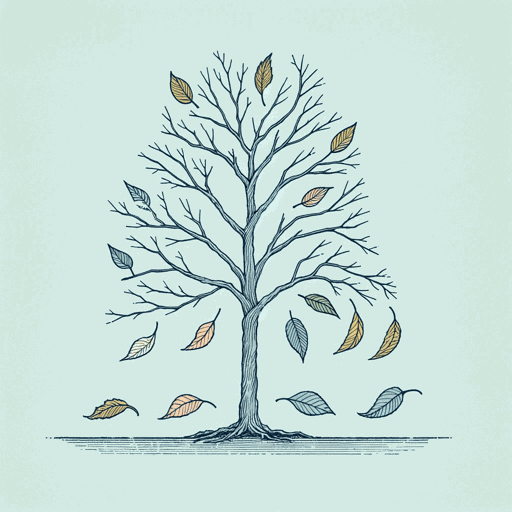
A Grief Observed
C. S. Lewis

Mere Christianity
C. S. Lewis
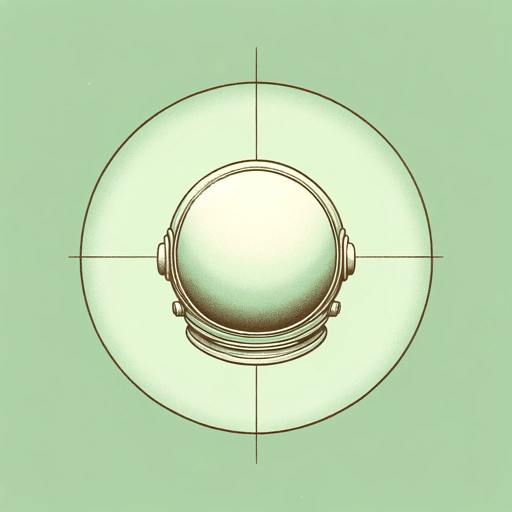
Out of the Silent Planet
C. S. Lewis

Perelandra
C. S. Lewis
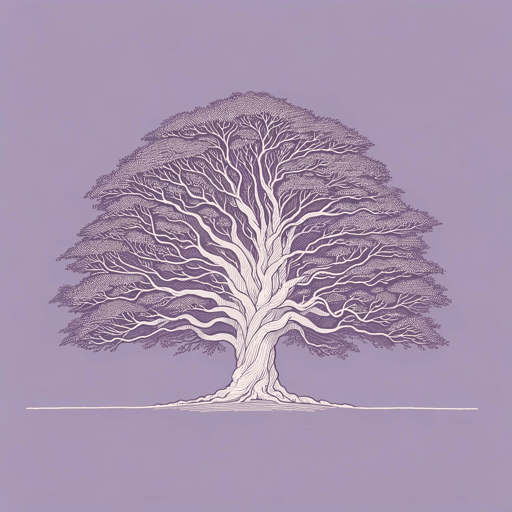
Prince Caspian
C. S. Lewis

Surprised by Joy
C. S. Lewis

That Hideous Strength
C. S. Lewis

The Abolition of Man
C. S. Lewis

The Discarded Image
C. S. Lewis

The Four Loves
C. S. Lewis
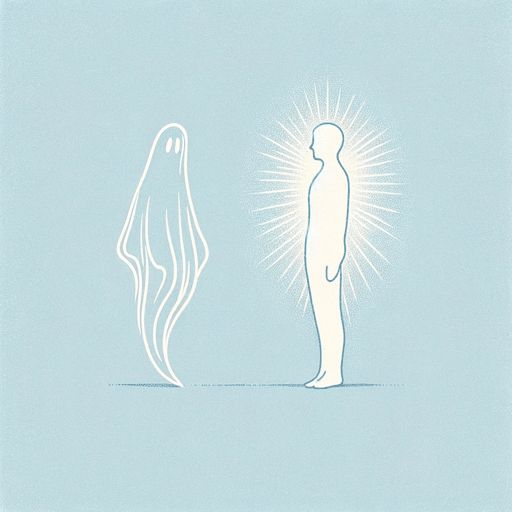
The Great Divorce
C. S. Lewis

The Horse And His Boy
C. S. Lewis
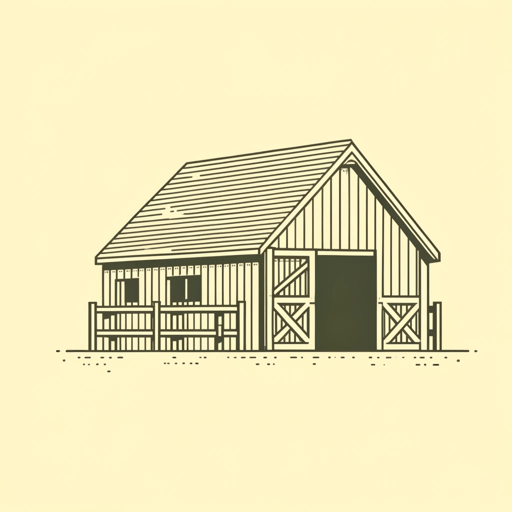
The Last Battle
C. S. Lewis
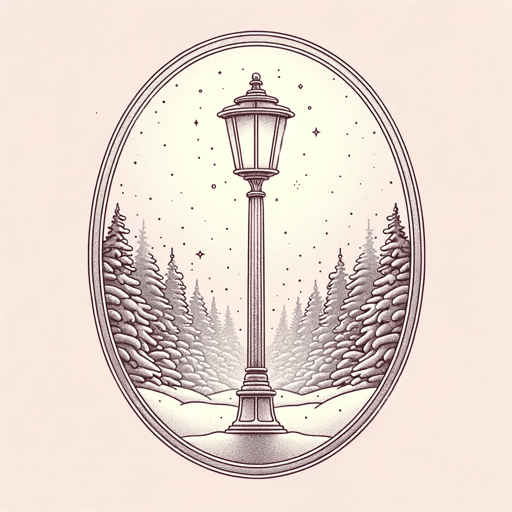
The Lion, the Witch and the Wardrobe
C. S. Lewis

The Magician's Nephew
C. S. Lewis
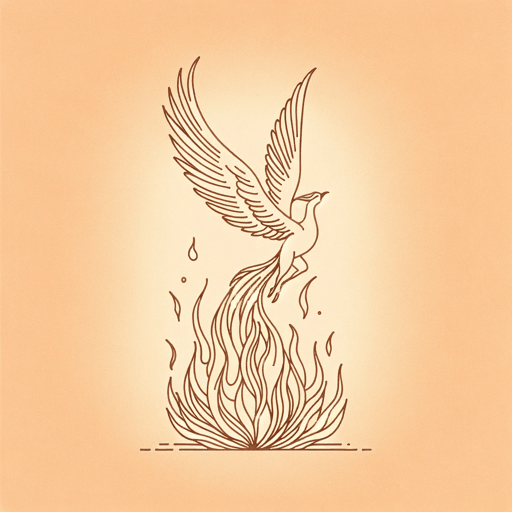
The Problem of Pain
C. S. Lewis

The Screwtape Letters
C. S. Lewis

The Voyage of the Dawn Treader
C. S. Lewis

Till We Have Faces
C. S. Lewis

